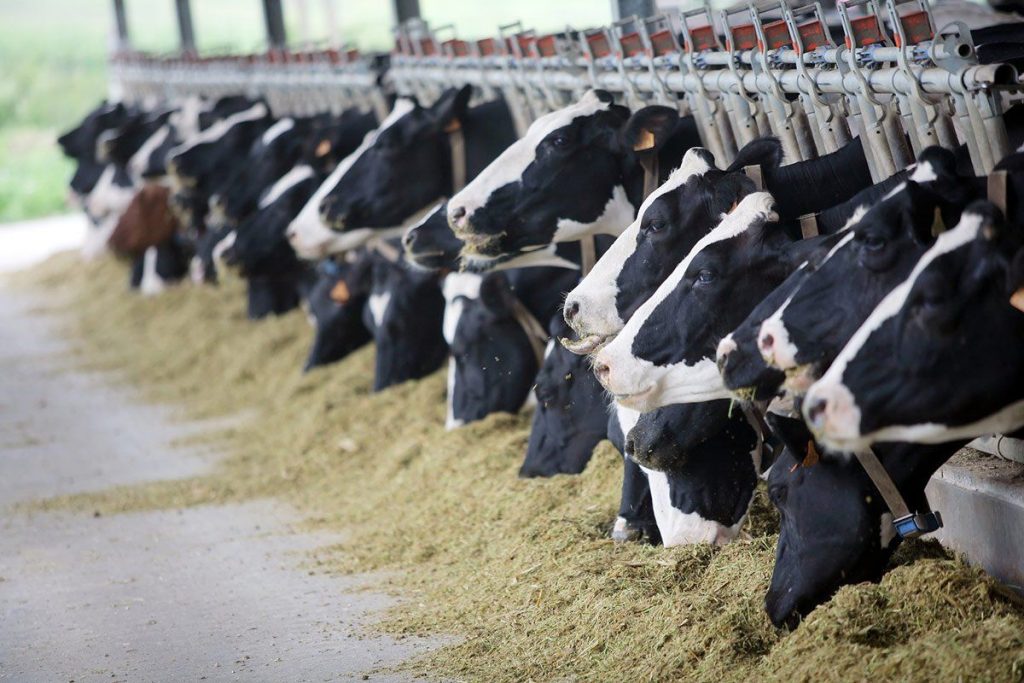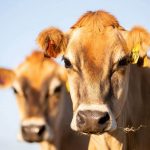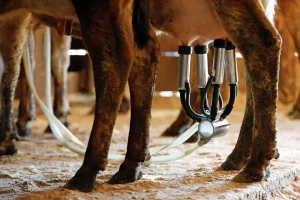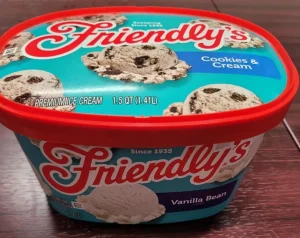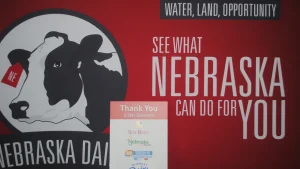
The title of a new documentary, “America’s Dairyland: At the Crossroads,” states the situation plainly. A collaboration between Milwaukee PBS and the Milwaukee Journal Sentinel, “At the Crossroads” focuses on Marathon, Clark and Fond du Lac counties, interviewing farm families and agronomists along with Sen. Tammy Baldwin. Some of the farmers who spoke to “At the Crossroads” abandoned farming in the face of rising debt and financial uncertainty. Others remain in business and are optimistic that they will survive through new technology, cheap alternative energy and crop diversification. At some family farms, robots perform the chores once done by children, wind turbines generate power and families reunite on weekends to tap maple syrup from the trees.
Milk prices fluctuate, making it hard for small family farms to compete with industrial-scale producers. “At the Crossroads” asks whether consumers are willing to pay a bit more to make America’s Dairyland thrive. Ninety percent of Wisconsin’s dairy production goes toward cheese. How about a 25-cent increase on each package?
“America’s Dairyland: At the Crossroads” premieres on 7 p.m., Thursday, Nov. 18 on Channel 10.1. Milwaukee PBS producer Scottie Lee Meyers responded to questions.
How were the farmers you focused on chosen? And why did you choose Clark, Marathon and Fond du Lac counties?
Before starting the project, we sat down with [Journal Sentinel reporter] Rick Barrett and talked about where we wanted this story to take place. We had to take a variety of factors into account, of course the most important being dairy farmers willing to share their stories with us over a pretty significant period of time. That’s not an easy task if you consider the time commitment, the invasion of privacy. We were really after the average dairy farmer. Someone who could lend insight into how dairy defines us, labor, policy, technology and so on.
Another thing we had to consider was proximity—after all, we knew this would require us to travel regularly.
We decided early on that Clark County would be a good fit—it’s pretty much the epicenter of dairy farming in Wisconsin. The county is home to the most dairy farms in the state. There are literally more cows than people there. We needed a place that was just kind of a good representation of the dairy industry dynamics. For our first trip to Clark County, we kind of went on a tour, meeting a half dozen or so small dairy farmers to scout their operation.
For previous installments of this project—which included two different 15ish-minute segments, the first one being about how the pandemic was affecting small town Clark County, and the second looking at the next generation of dairy farmers—we centered on different farm families in Loyal, a small town inside Clark County. Legend goes that it got its name because every eligible man volunteered to fight in the Civil War. And just down the street is Greenwood, where Grassland Dairy Products is located, which I believe is the second biggest butter producer in the country.
When we began focusing on the final, hour-long documentary, we realized that we didn’t have all the pieces. And so we had to broaden our profile outside Clark County.
Did you gain any insight into the satisfaction dairy farmers find in their work? It’s not easy or often profitable—what keeps them engaged?
Historically speaking, there was a stretch from 2014 to 2019 that was about as bad as it’s ever been for dairy farmers. Wisconsin lost almost 700 dairy farms in 2018, an unprecedented rate of nearly two a day. Wisconsin lost nearly 70% of its dairy farms since 2000. Those are just stunning numbers. This is, after all, Wisconsin’s economic engine. As dairy goes, so too goes the state. But it’s about so much more than that, right? It’s about who we are, our cultural identity. It’s individual lives and livelihoods. And it’s not uncommon for those who chose to go on to be massively in debt, like six figures in debt. And yet so many dairy farmers choose to go on. And I think that’s for a lot of different reasons.
I think many dairy farmers are independent and like working for themselves. They love the animal husbandry, the land ethic, the connection to the soil, the honesty of it all. For others, it may be tradition. They’re doing it because their parents did it, their grandparents did it. And to break that family lineage would be shameful. Also, a lot of farmers told us they liked the environment for raising children. There’s a real dependency on a farm. It makes them physically strong, emotionally close.
Farming is a way of life. And people are understandably reverent about it. One of the first farmers we met on this adventure was Marty Nigon in Greenwood. He shares this story about when he was younger and the day he was going to take over the family farm from his parents. And his dad told him something like, “Marty, two things got to be true for you to be a farmer. First, you got to like it. And second, you got to believe next year is going to be better than the last.” And Marty says both those things have always been true for him. I really find that optimism to be incredible, especially in wake of what we’ve seen in milk prices in the past six years or so.
Also, it’s not just about creating profit for individual dairy farmers. It’s a symbiotic relationship. When farmers are doing OK, they go into town and spend money. They prop up Main Streets across America.
In simple terms, what drives the fluctuation of milk prices?
Oh boy. That’s a tough one. And I’m afraid it’s not so simple. I’m not an agricultural economist, so this is a little above my paygrade. But here’s what I’ve learned through Rick’s reporting on this. The prices farmers receive for their unprocessed, unpasteurized milk are largely determined by the forces of supply and demand, and government programs. The U.S. Department of Agriculture does set the minimum price using complicated formulas based on the wholesome market value. Over the years, the price farmers receive for their milk has fallen nearly 40%. Again, it was a terrible five-year stretch there and there have only been glimmers of hope that it’s getting better. Farmers don’t know how much their paycheck is going to be until weeks later. Imagine living like that?
Other factors: Sales of milk as a beverage have fallen steadily since the 1970s. You also got the emergence of soy milk and almond milk products, not to mention the explosion of sports and energy drinks that have come onto the beverage market. A typical American today drinks about 40% less milk than in the 1970s. Also, foreign markets shrunk in the Trump administration with the revision of NAFTA and the temporary tariffs. Cheese shipments to China and Mexico have fallen sharply. And there’s just an oversaturated milk market. We’re squeezing more and more quality milk out of less dairy cows.
Can the decline of the family dairy farm be stopped or slowed? Does new technology provide an answer?
Yes, I believe it can. We hear from John Ikerd in the documentary. He’s a really knowledgeable guy—a professor emeritus at the University of Missouri, an ag economist. And he stresses this point. He, and others, say Wisconsin’s dairy farming infrastructure is envied around the country. There’s enough here worth saving. But it will take a public education campaign and sort of a renewed dedication to localism. I think it also poses questions to us consumers. How much do we value the workers who feed us?
Have some family farms expanded into industrial sized “concentrated animal feeding operations” or have CAFOs been largely driven by agribusiness corporations?
From what I understand, the vast majority of CAFOs in Wisconsin are actually family owned.
When did you begin work on America’s Dairyland at the Crossroads and when did you finish?
We first met with the Milwaukee Journal Sentinel in July 2019. And we literally finished editing the hour-long doc on Monday [Nov. 8]. Neither the Milwaukee Journal Sentinel nor Milwaukee PBS had the luxury of working on this project exclusively over that timespan. It was an enormous story. And an all-encompassing one. We really touch on so many issues. And to make matters worse, the pandemic really limited our ability to travel. We had to be very creative with getting our footage and doing interviews and just generally moving the story forward.
